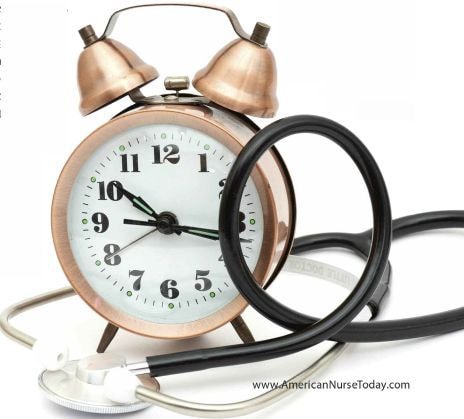As both a museum and a memorial of sorts, to both Reagan and his time in office, the Reagan Library is filled to the brim with historical information, testimonies, and artifacts. In a place that has such an extensive wealth of history and provides so many opportunities to expand one’s knowledge, it was difficult to choose just a few points of focus.
The first part of the museum that really grabbed my attention was the exhibit featuring Nancy Reagan and her support and love for her husband. She seems to have been an extremely notable first lady, particularly in how she took her role in stride. In this exhibit, one of her quotes was displayed which stated “I threw myself into these various first lady roles- spokeswoman, hostess, manager, and friend…above everything else, the first lady is the president’s wife.” Though the last part of the quote seems simplistic, I believe that it truly encompasses what it means to be an admirable first lady. Being the president’s wife does not just mean that you are committed to your love and your marriage, but it means that you are also committed to your country and to assisting your partner in his work. Nancy Reagan went far beyond that, instigating her own improvements throughout the country such as her “Just Say No” campaign, which sought to keep school kids from turning to drugs and alcohol. She traveled across the country, made television appearances, and visited rehab centers all as a part of this campaign.
Other particularly gripping aspects of the museum include the auditory stimuli given. One in particular the old-fashioned phone on which you could ‘dial in’ to one of Reagan’s speeches. Listening to his famous “Tear Down This Wall” speech through the speakers and hearing his way of describing communism as this huge evil entity was interesting. He even refers to the Berlin wall as a “scar” which every person in Berlin is forced to look upon.
While we were visiting the replicated Oval Office, there was a group of young school-children in the room with us who pointed out that there were jelly beans on the table. At first I had thought nothing of it, but the museum workers pointed out that Reagan had loved jelly beans. This became more apparent throughout the rest of the museum, including an entire portrait of Reagan himself consisting entirely of Jelly Belly jelly beans.
A more emotionally driven aspect of the museum which attracted my attention was the video of the attempted assassination. Since I wasn’t exactly the greatest history student in high school, I hadn’t even known prior to going to the museum that there had been an attempted assassination on Reagan. Seeing the video and hearing the reactions of both the people then as well as the people now who were in the room watching with me was an incredibly interesting experience. Even today, people still feel the fear and the ache of watching a president nearly die before their eyes.
Though my next piece from the museum may be seemingly unremarkable, I found that the section on music and art from the time period was enjoyable and emotionally driven. As somebody who is very in touch with music, it was almost a personal experience to be taken back in time to what they listened to and were entertained by at that point in time, some familiar and some not. Reagan himself said “where there’s liberty, art succeeds.” I understood this as meaning that, since America is a great country, it has incredible things to offer in terms of the arts and in terms of music- aspects of culture which transcend age and time.
I believe that the curator chose to include not only the “Tear Down This Wall” speech, but other huge signs and images against communism in order to portray communism as an incredible evil that the “hero” Reagan sought to defeat. Nowhere in particular can I recall there being any actual description of Communism. In fact, even in the open film-sequence, it was only referred to as an evil that was threatening to take over the world. In all honesty, though I know communism in practice has had major and tragic downfalls, the actual ideology of it isn’t necessarily bad. Rather than choosing to educate on communism though, the museum only seeks to portray it as the evil that those at the time believed it to be.
It was the same exact fear that was meant to be felt as part of the museum that lead to unfair persecution against those who were believed to be Soviets and Communists during the Red Scare. The room surrounding communism was dimly lit with lights which would change unexpectedly, in order to replicate a feeling of a lurking evil and uneasiness. I personally believe that perpetuating stereotypes without providing any concrete pro/con information gives less potency to the library and museum as a whole. In spite of this, though, the overall museum experience was quite enjoyable and I will hopefully be visiting again sometime in the future.





